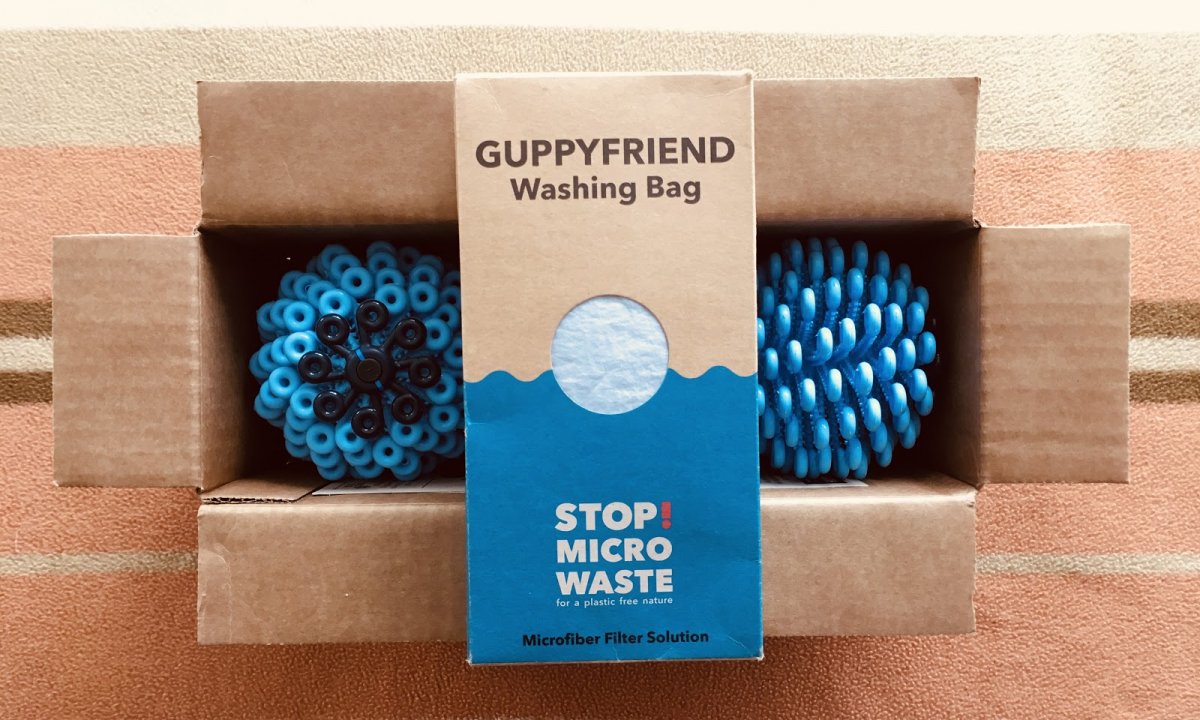Microfiber Is Worse Than You Think, Here's Why
It is widely known that the plastic pollution within our oceans has hit nearly catastrophic levels but what you may not know is that one of the largest pollutants comes from microfiber, one of the most dangerous forms of microplastic. In a paper published by ecologist Marc Browne, he found that microfibers are responsible for 85% of shoreline pollution around the world and according to other research it is anticipated that there is 1.5 million trillion of microfibers present in the ocean to date.

Plastic microfibers are very small thread-like fibers that can come from both natural and synthetic fabrics. Sample microfiber next to grain of rice. Image courtesy of Rozalia Project. via Marine Litter Solutions
When our guts are the filter:
Graph by Dr. Hans Bouwmeester of Wageningen University & Research

This chart depicts the systems in your body which interact with microplastics
- Avoid buying clothing made of synthetic materials such as polyester, acrylic, and nylon
- Always run a full laundry load to reduce the friction between clothes, wash with cold water, and air dry
- Invest in a washing machine attachment that will filter out the microfibers from your laundry load - they run up to about $150. Fitrol has been highly reviewed and is easy to install yourself.
- And lastly, the easiest and most budget-friendly solution would be a guppyfriend bag (shown below) and/or a cora ball which simply goes inside for the wash cycle. Prices for both range around $35.

Pictured: Guppyfriend Washbag
Simone Kuhfal (she/her) is a member of the Sierra Club Palos Verdes South Bay group, volunteering on zero waste and water issues.




Add new comment